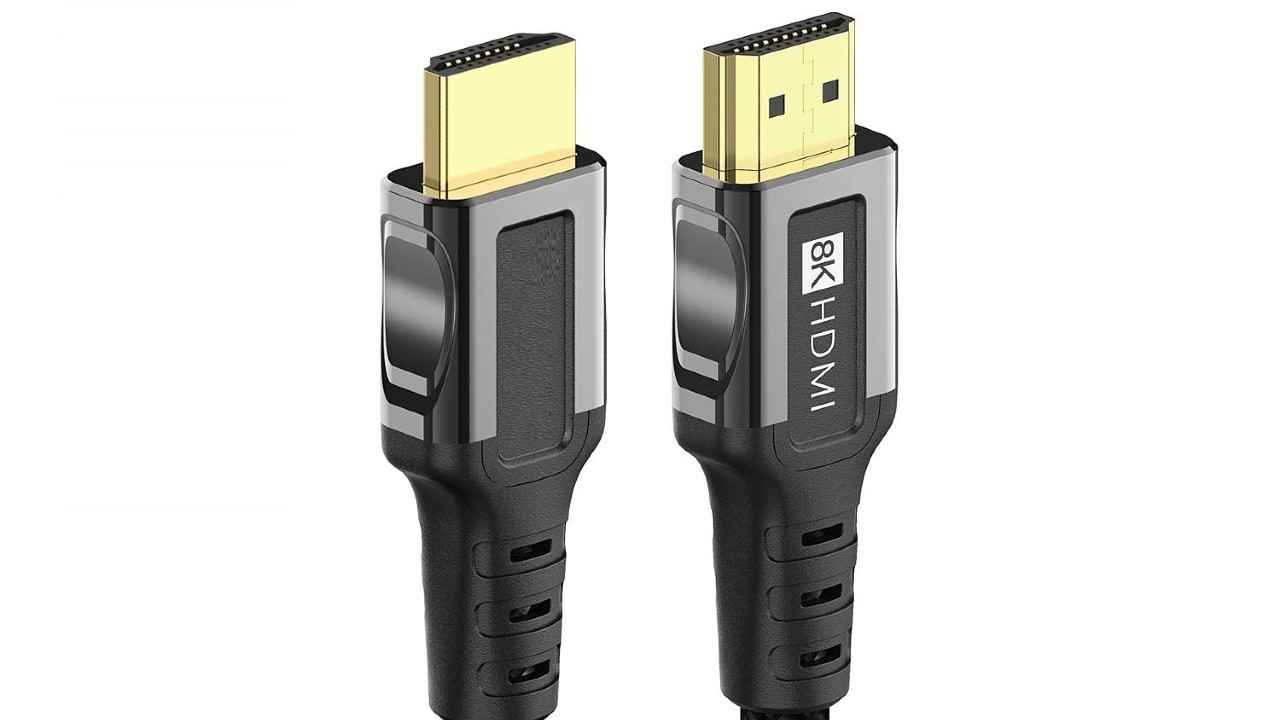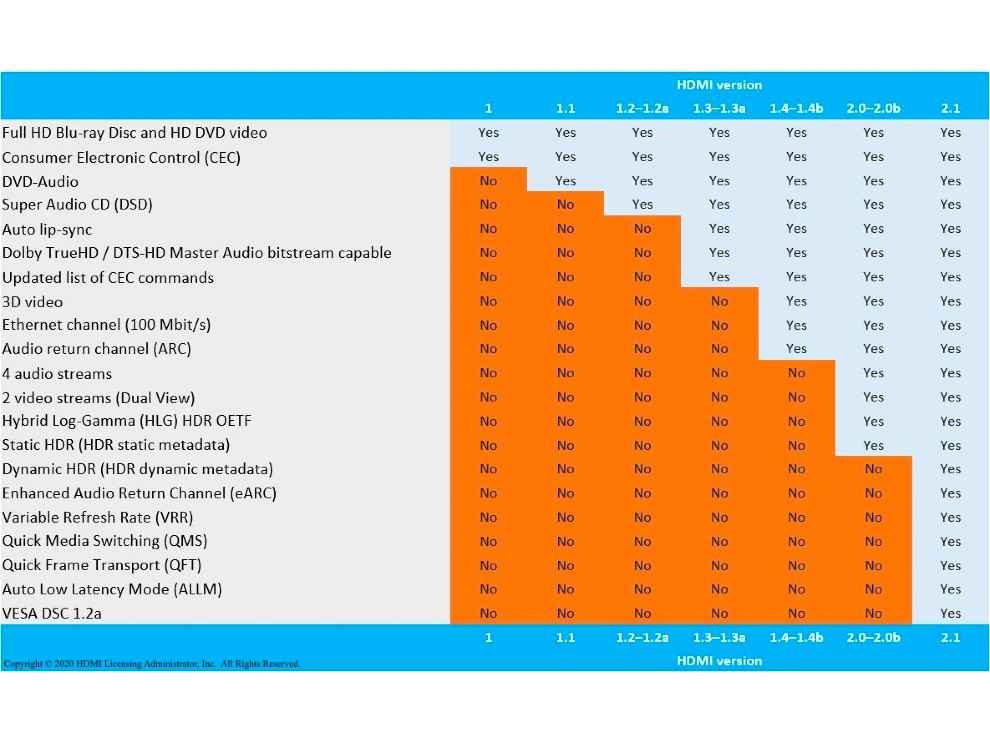Buying an HDMI 2.1 enabled TV is about to get a lot more confusing, here’s what you need to know
According to HDMI.org, HDMI 2.0 no longer exists.
The features of HDMI 2.0 are now a subset of 2.1.
We have already seen devices with HDMI 2.0b capabilities boast of HDMI 2.1 as a feature.

Over the past week, we have seen information that device manufacturers that don't support HDMI 2.1 features can market their TV as an HDMI 2.1 device. The information comes from TFTCentral and you can check it out in detail here. Put simply, the features of HDMI 2.0 are now a subset of HDMI 2.1. So a TV can claim HDMI 2.1 as marketing material without supporting all HDMI 2.1 features.
 Survey
SurveyTFTCentral contacted HDMI.org, the “HDMI Licensing Administrator” to get clarification on the subject and the following are the responses that they got.
- “HDMI 2.0 no longer exists, and devices should not claim compliance to v2.0 as it is not referenced any more”
- “The features of HDMI 2.0 are now a sub-set of 2.1”
- “All the new capabilities and features associated with HDMI 2.1 are optional (this includes FRL, the higher bandwidths, VRR, ALLM and everything else)”
- “If a device claims compliance to 2.1 then they need to also state which features the device supports so there is “no confusion”
While this revelation isn't something new, we can expect more and more TV makers to use HDMI 2.1 in their marketing without offering all the features.
What are the features of HDMI 2.1?
HDMI 2.1 has a higher bandwidth than HDMI 2.0. While HDMI 2.0 caps out at 18Gbps, HDMI 2.1 caps out at 48Gbps. HDMI 2.1 also supports features like 4K at 120Hz, 8K at 60Hz, VRR (Variable Refresh Rate), ALLM (Auto Low Latency Mode), support for eARC, Dynamic HDR, and more. The image below, from TFTCentral, should give you a clear idea of the features supported.
So what is the cause for concern?
The cause for concern is that some TVs claim to have HDMI 2.1 but don't support all the features. Xiaomi has been marketing their Mi QLED TV 55-inch (review), Redmi Smart TV (review), Mi QLED TV 75 (review) and Mi TV 5X (review) in India with support for HDMI 2.1 offering features like ALLM and eARC but without the support for 4K at 120Hz, VRR or ALLM. However, Xiaomi has highlighted these features in their marketing material of the TV.
We have seen TVs like the Sony X90H (review), X90J (review), A80J (review) and more launch with support for HDMI 2.1 features like 4K at 120Hz, eARC and more but lack VRR with the promise of VRR coming at a later date.
The point is that buying a TV with HDMI 2.1 is going to get tougher and you will need to read the fine print to know whether the TV supports the HDMI 2.1 features you are looking for.
What devices support HDMI 2.1?
Right now, there are only a handful of devices with support for HDMI 2.1 like the PS5 (review), Xbox Series X (review), NVIDIA 30 series GPU and the Apple TV 4K to name a few. The Xbox Series X supports 4K at 120Hz along with VRR and ALLM while the PS5 does not support VRR. It isn't clear whether the console will get the feature via a future update.
Can my TV get HDMI 2.1 features via an update?
Yes and no. The answer isn’t simple. The TV needs to support specific hardware to run HDMI 2.1 features. So while the Mi QLED TV 75 supports ALLM and eARC, it cannot get 4K at 120Hz support as it does not have that specific hardware for the feature. On the other hand, the Sony A80J, X90J and X90H support the necessary hardware and hence, Sony said during the launch of these TVs that support for VRR will come at a future date. TVs like the LG C1 (review) and LG G1 (review) support all HDMI 2.1 features from the get-go.
Read the fine print!
The point is quite simple – before purchasing a new TV you will need to read the fine print before purchasing. There are some HDMI 2.1 features that you can get in the future via an update, while others you will not be able to get as the TV will need the specific hardware for the TV to support it. While the applications for HDMI 2.1 are mostly limited to gaming, there are some HDR and surround sound benefits to the technology as well.
Sameer Mitha
Sameer Mitha lives for gaming and technology is his muse. When he isn’t busy playing with gadgets or video games he delves into the world of fantasy novels. View Full Profile
